Pasadena Playhouse
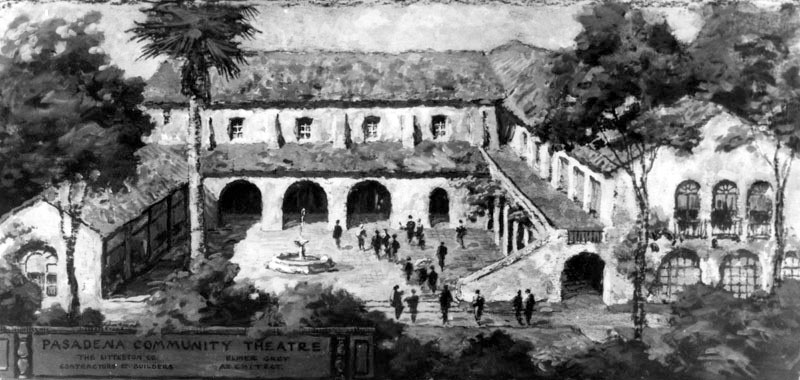 |
|
| (1920s)* - Architectural rendering of the Pasadena Playhouse with courtyard and fountain surrounded by buildings on 3 sides. Label reads: Pasadena Community Theatre |
Historical Notes Founded in 1917 by Gilmor Brown, the Pasadena Playhouse was designed by architect Elmer Grey and the cornerstone laid May 31, 1924. In 1928 the College of Theatre Arts was incorporated with the Pasadena Playhouse Association as a non-profit institution.* |
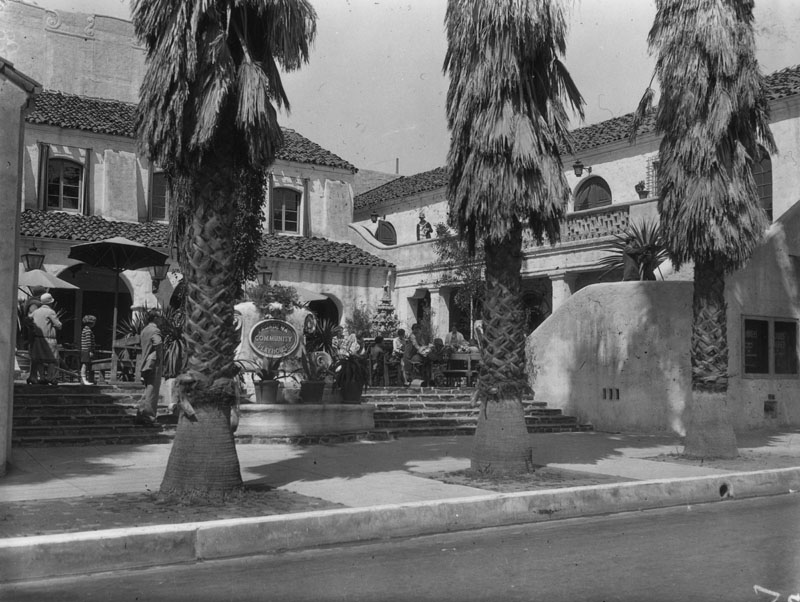 |
|
| (1930s)* - Exterior view of the entry and court of the Pasadena Playhouse, located at 39 S. El Molino Avenue. It was designed by architect Elmer Grey in Spanish Colonial Revival style and built in 1924-1925. |
Historical Notes A school of theatre arts was established in the late 1920s that became an accredited college by 1937, eventually training such notable talents as Raymond Burr, Victor Mature, Ernest Borgnine, Eleanor Parker, Charles Bronson, Mako, Jamie Farr, Gene Hackman, Dustin Hoffman, Sally Struthers and others.* |
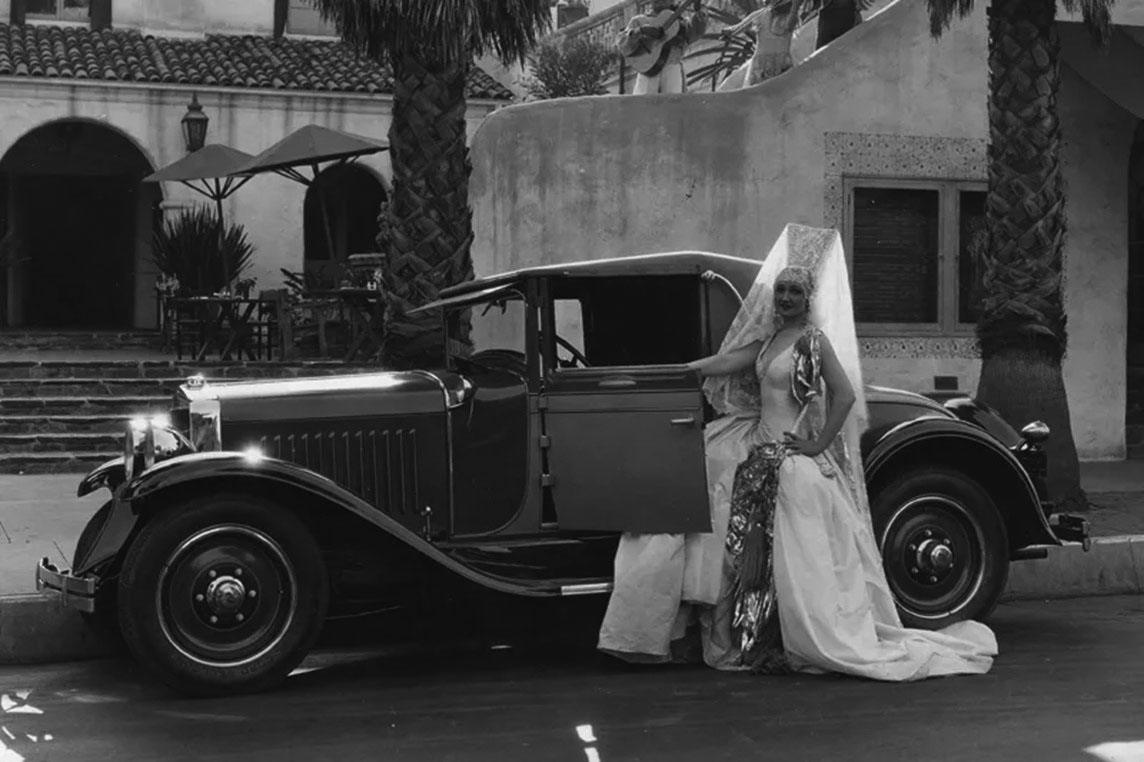 |
|
| (1930s)^ – A woman in costume poses by car in front of the Pasadena Playhouse. |
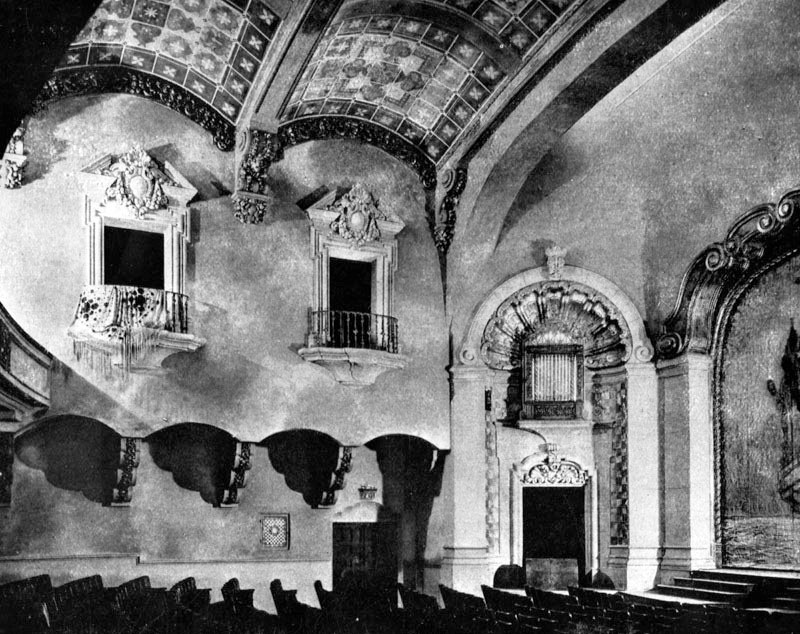 |
|
| (1925)* - The auditorium of the Playhouse, looking over the seats at the side wall where two balcony box seats can be seen. On the extreme left is the balcony itself, and on the extreme right the stage curtain. |
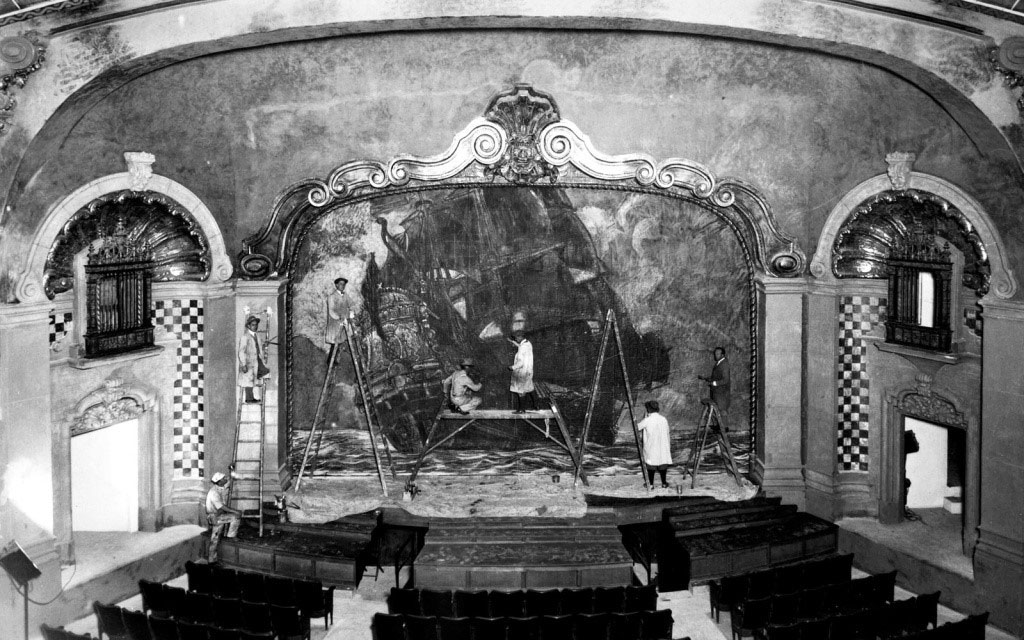 |
|
| (1925)* - Vintage image of the original Spanish galleon-adorned stage curtain being painted. (Photo courtesy of Pasadena Playhouse Archives) |
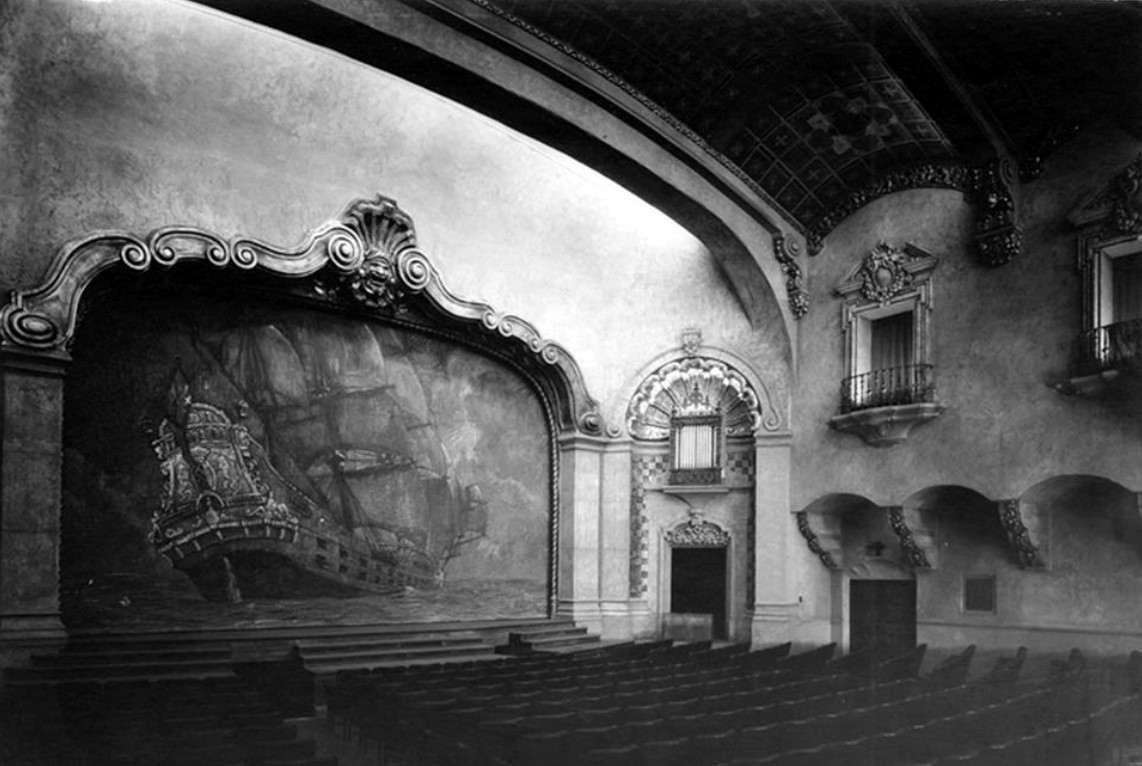 |
|
| (1930)^ - Interior view of the Pasadena Playhouse Auditorium. Back then it was known as the Pasadena Community Theatre. |
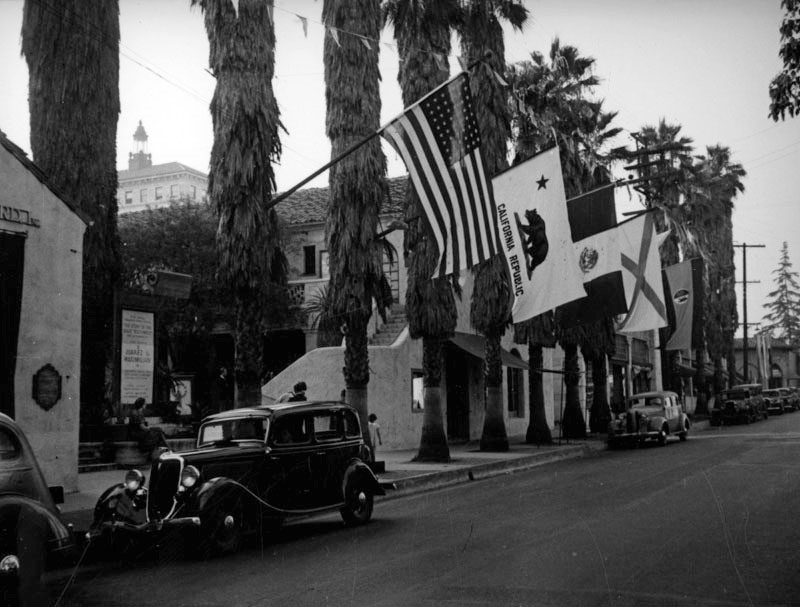 |
|
| (ca. 1937)* – View showing the entrance and courtyard of the Pasadena Playhouse, as seen from S. El Molino Avenue, with flags hanging from palm trees. |
Historical Notes The Playhouse was recognized by the Legislature as the State Theatre of California in 1937 after the laudable achievement of having performed the entire Shakespeare canon on a single stage for the first time in the United States. |
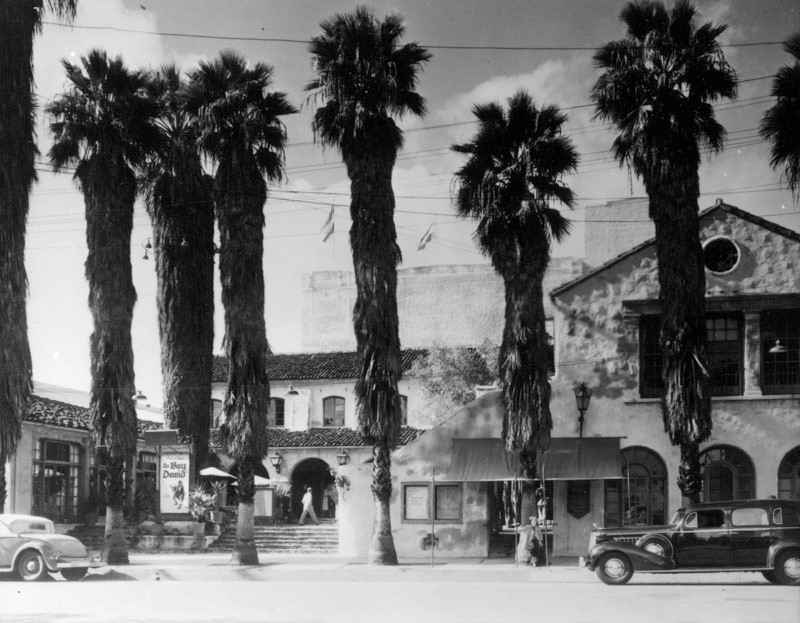 |
|
| (1939)* - Pasadena Playhouse as seen from the across the street. Large palm trees almost dwarf the theater. |
Historical Notes The Pasadena Playhouse drew the attention of the nation, bringing Southern California world premieres by authors such as Eugene O'Neill, William Saroyan, Noël Coward, F. Scott Fitzgerald and Tennessee Williams, as well as many English language premieres of significant Continental dramas.* |
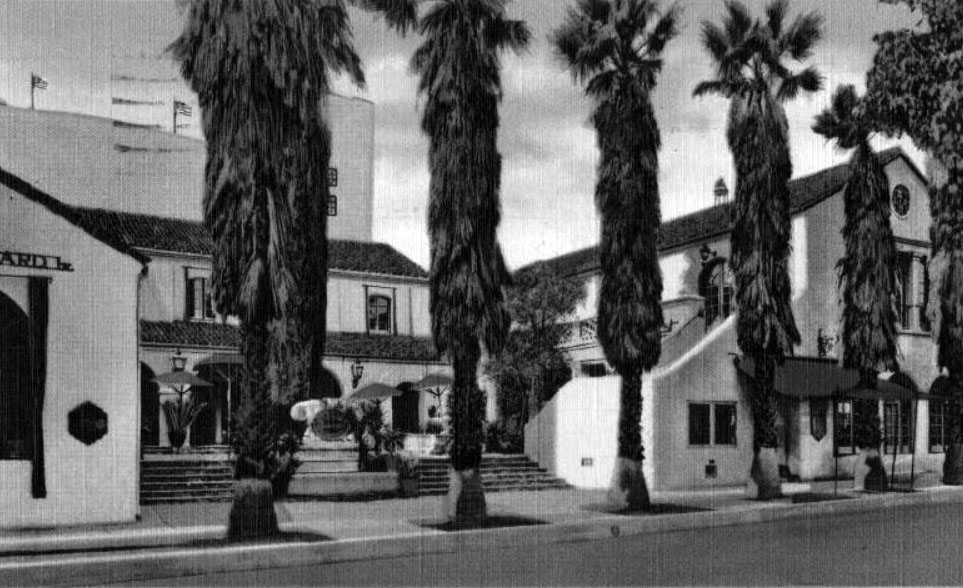 |
|
| (1944)*- Postcard view showing the front entrance and courtyard of the Pasadena Playouse. |
Historical Notes The Pasadena Playhouse was designated California Historical Landmark No. 887 (Click HERE to see more California Historical Landmarks in LA County). |
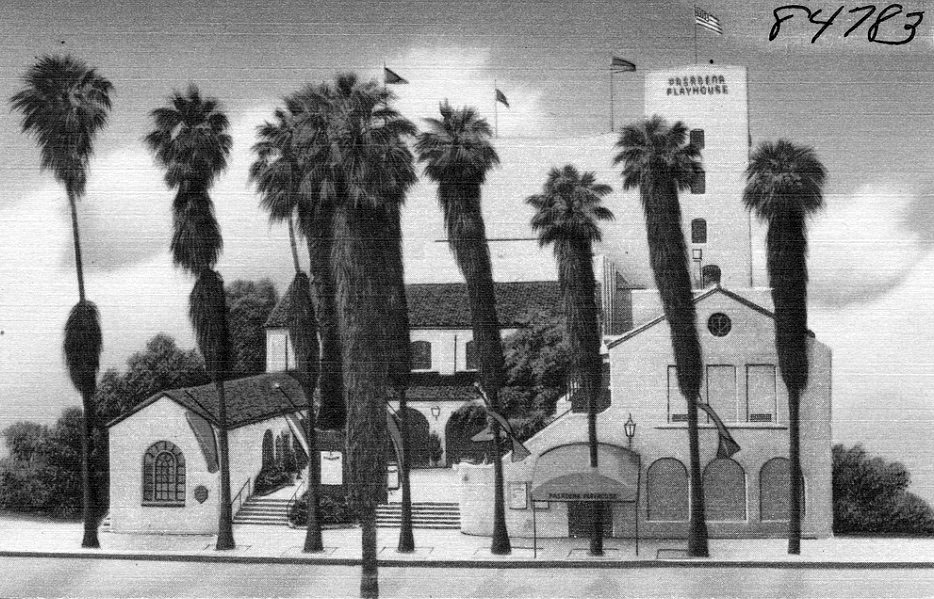 |
|
| (1940s)^ – Postcard view showing the Pasadena Playhouse fronted by a line of mature palm trees. |
Historical Notes A Spanish Colonial Revival building with Mission elements, the Playhouse is centered around a courtyard enclosed on three sides. Paved in flagstone and surrounded by arcades, the central courtyard is raised above street level. The composition of the building is asymmetrical and informal, almost residential in scale. The stucco walls are textured and irregular to resemble adobe and masonry construction. |
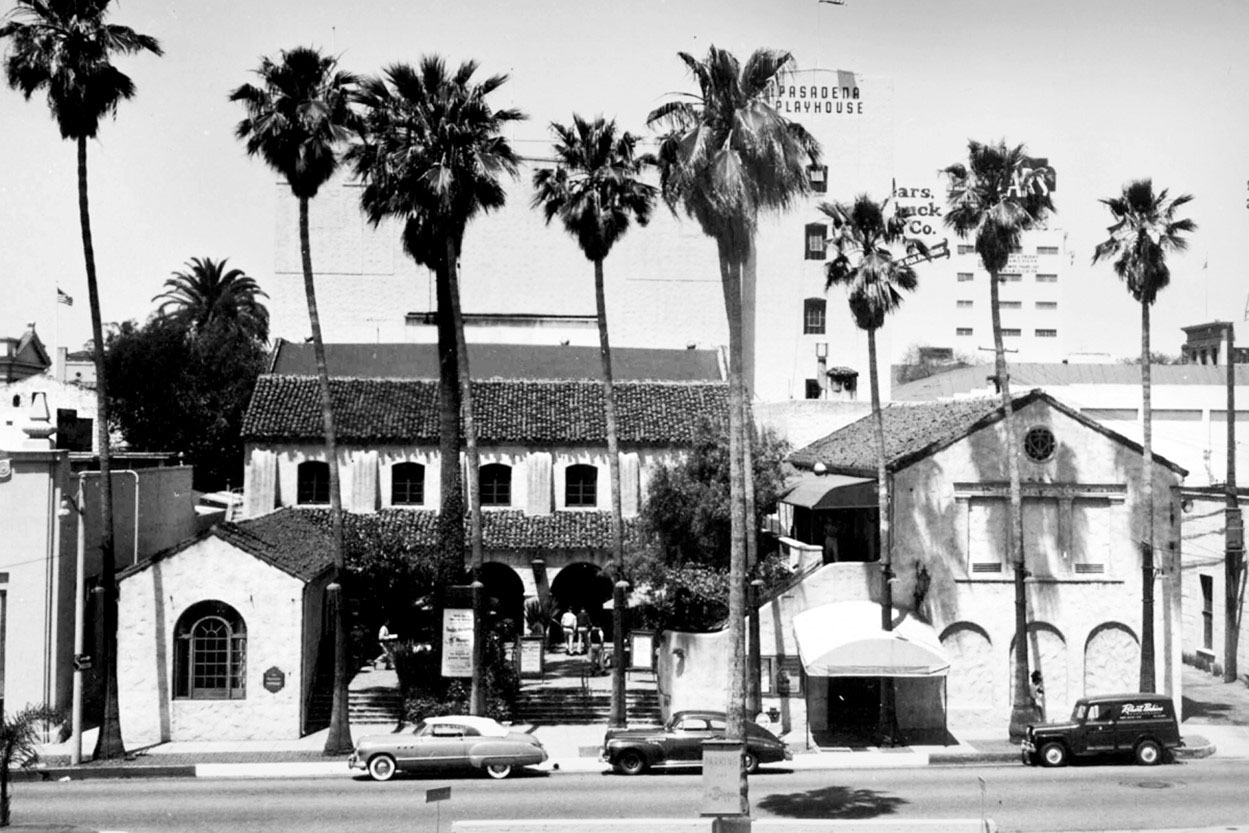 |
|
| (ca. 1951)^ – View looking west over parking lot and S. El Molino Ave showing the Pasadena Playhouse. (Photo courtesy of Pasadena Playhouse Archives) |
Historical Notes The adjacent six-story concrete school Fannie E. Morrison Annex building was designed by J. Cyril Bennett in 1936 to house the School of Theatre Arts, an accredited college. |
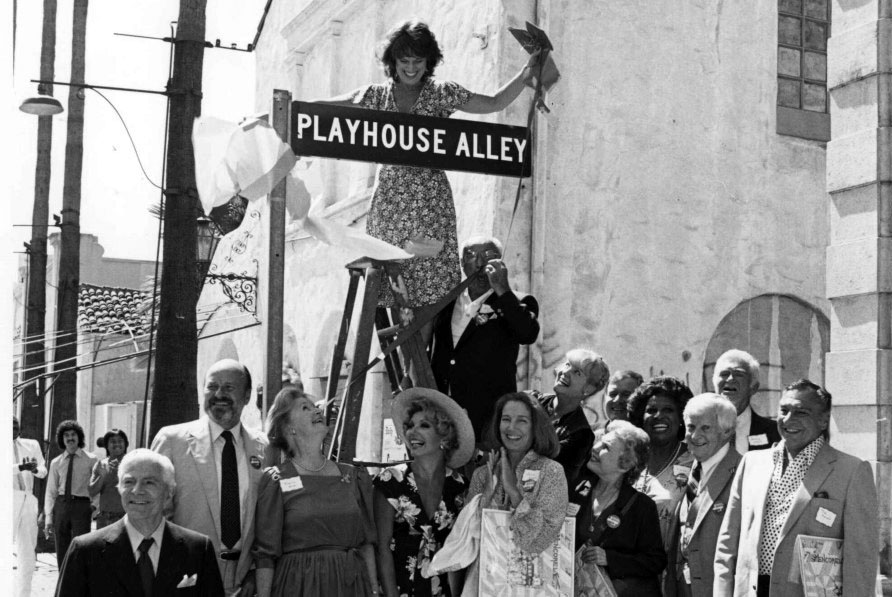 |
|
| (1982)^ – View showing dedication of the Pasadena Playhouse (Playhouse Alley) with Ruth Buzzi seen on ladder. (Photo courtesy of Pasadena Playhouse Archives) |
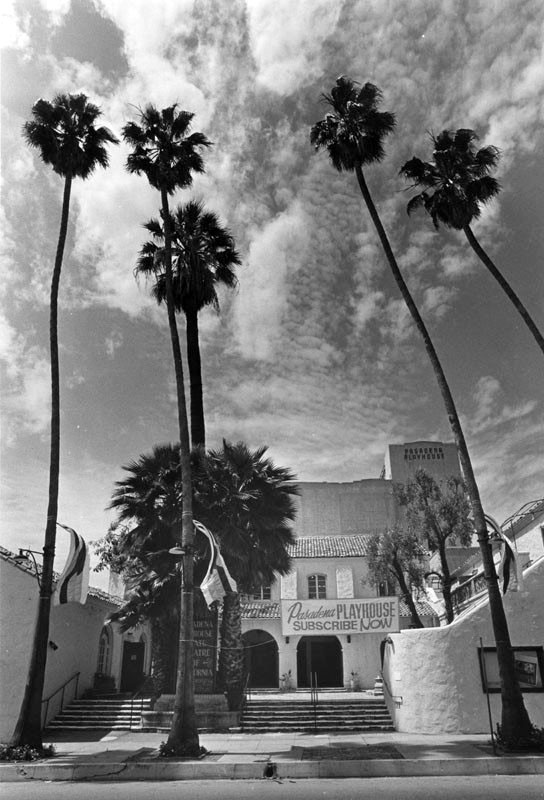 |
|
| (1987)* – Front view of the Pasadena Playhouse with trimmed palm trees near the curb. Sign in front of the playhouse reads: Pasadena Playhouse - Subscribe NOW. LA Times caption reads: Hoping to attract a new Playhouse audience, developer David Houk, who controls the theater under an agreement with the City of Pasadena, hired producers Susan Dietz and Steve Rothman, both of whom have established records. Photo Dated: May 1, 1987. |
Historical Notes Due to changes in Actors' Equity Association laws, and the opening of drama departments in many schools and universities across the country, the School of Theatre Arts shut down in 1969. Later that year, after the death of founding director Gilmor Brown, the theatre itself went bankrupt. After six years, the city bought the building in 1975 and later transferred it to real estate developer David Houk. After 17 years of lying dormant, he relaunched the theatre in 1986 as a place to develop shows that would tour other California venues. While the Pasadena Playhouse reopened for use as a community theatre, the acting school remained closed. Over the next twenty years, the theatre staged classic drama, new musicals and plays, and integrated itself as an educational facility, slowly regaining a prominent place in the national theatre scene to become a major operation of over 8 million dollars a year by 2008.* |
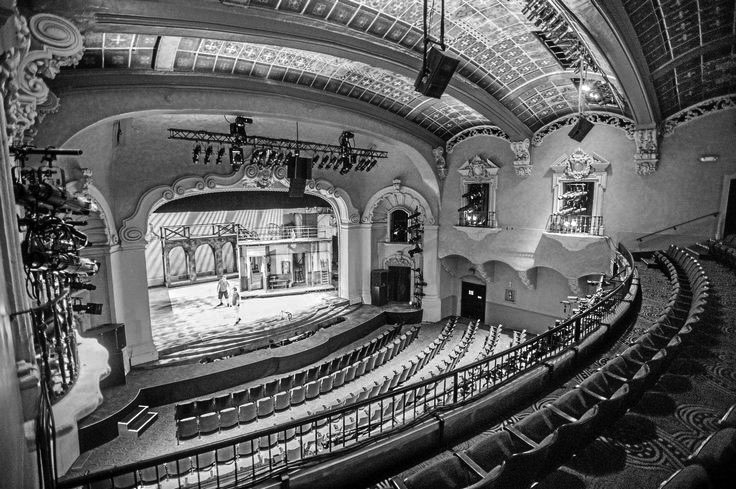 |
|
| (2014)^ - Pasadena Playhouse after renovation, including new seats and carpets. Photo by Watchara Phomicinda |
Historical Notes In Sept. 2014, the historic theatre received a makeover with new carpet and seats as it geared up to look good for its 100th birthday in 2017. |
Then and Now
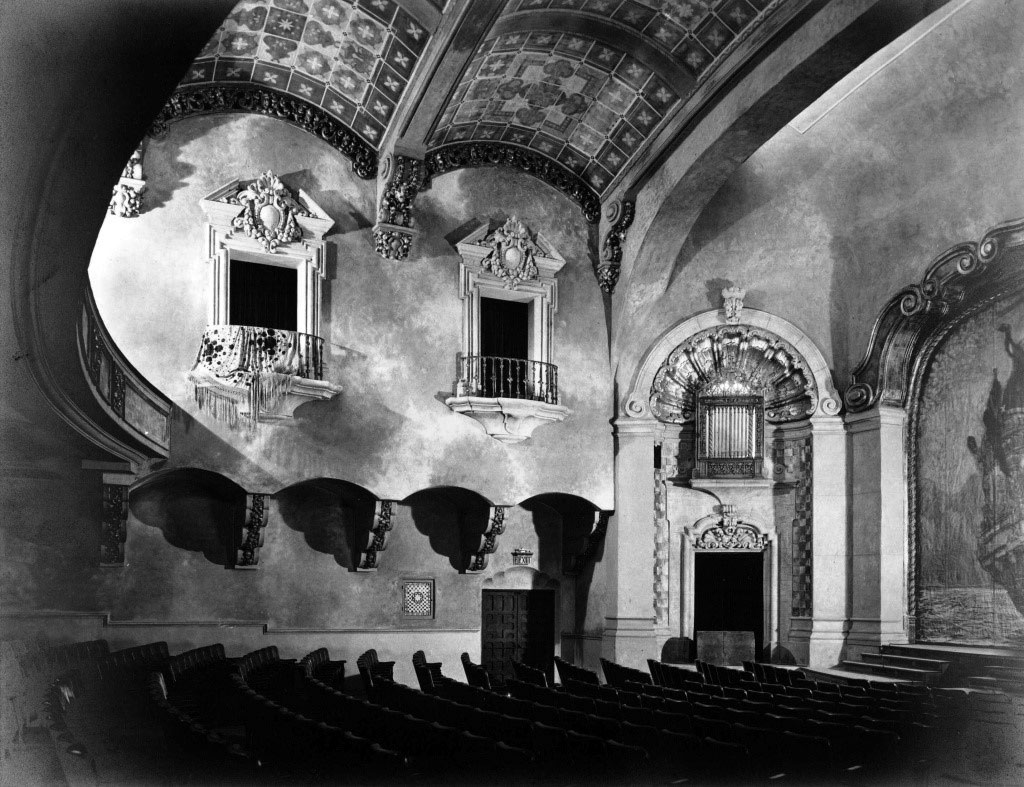 |
|
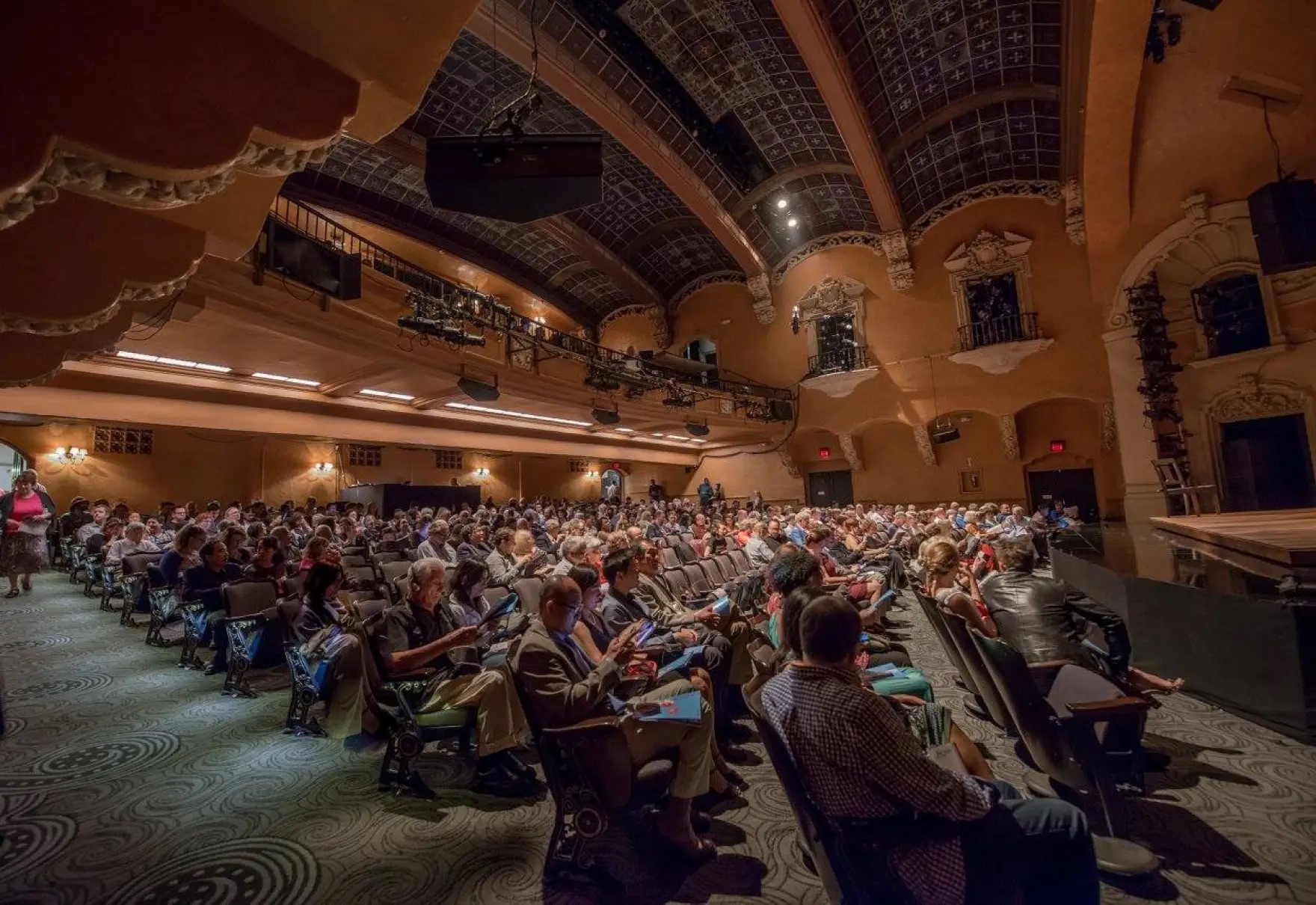 |
|
| (1925 vs. 2017)* - Pasadena Playhouse (originally Pasadena Community Playhouse) celebrated its 100 year anniversary in 2017. |
Historical Notes Opened in 1925 as the Pasadena Community Playhouse. The Playhouse quickly became a hub of the theatre community west of the Mississippi River. |
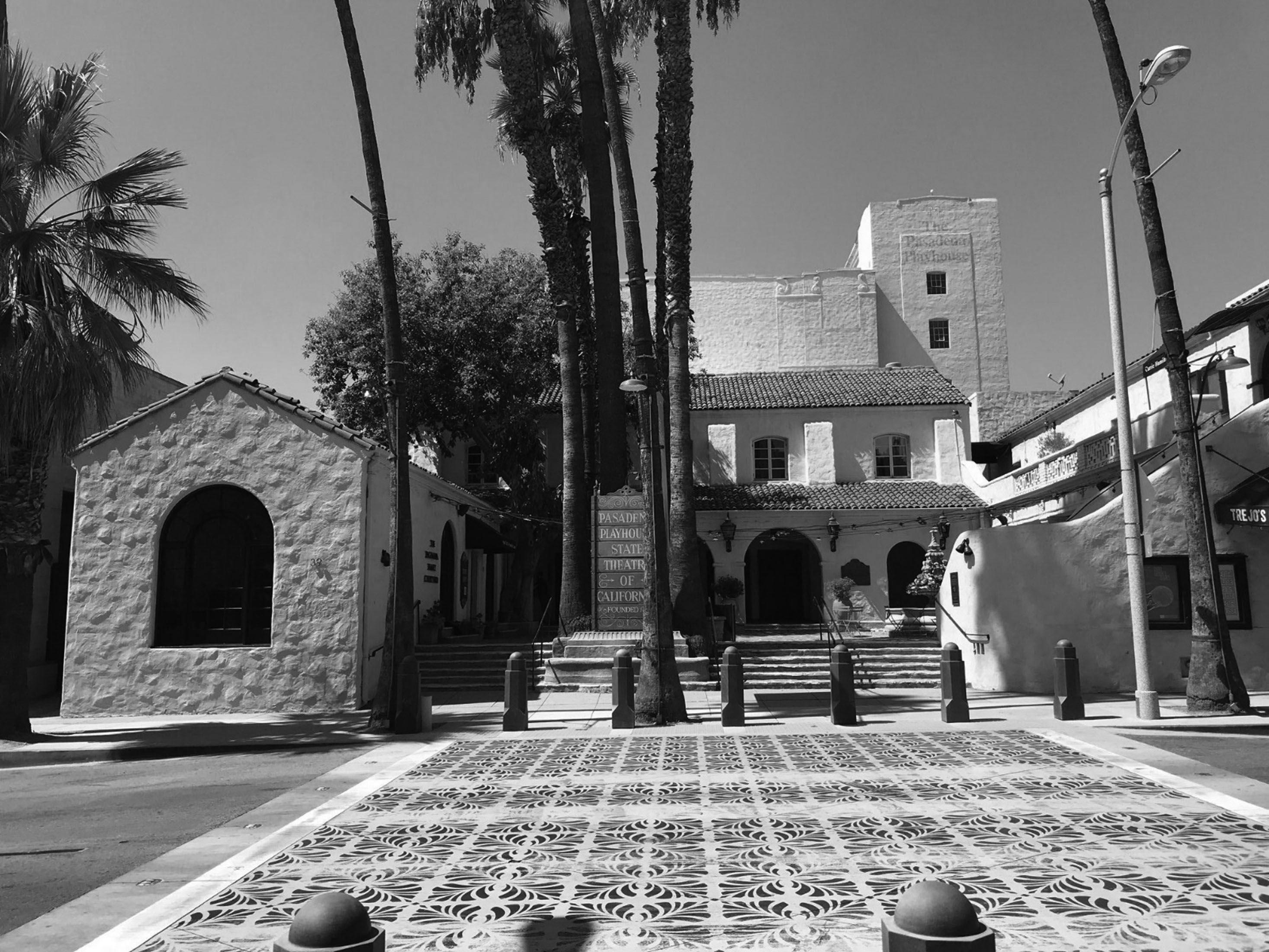 |
|
| (2019)^ - The Pasadena Playhouse, built in 1925, shares mission-style architecture with many other Pasadena buildings from that decade. Photo courtesy of Valentino Herrera |
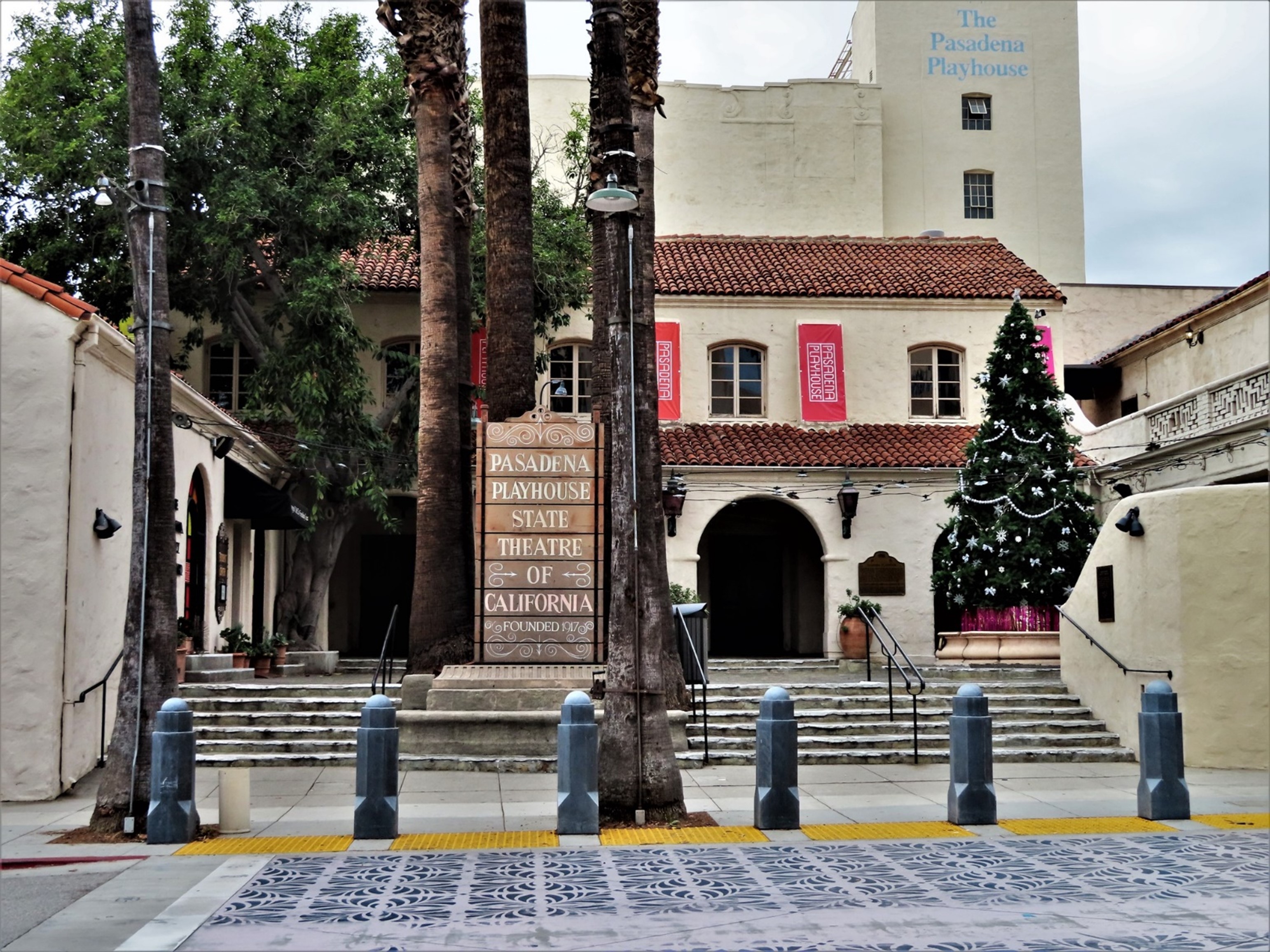 |
|
| (2021)^ - Contemporary view of the Pasadena Playhouse – The State Theatre of California. Photo by Howard Gray |
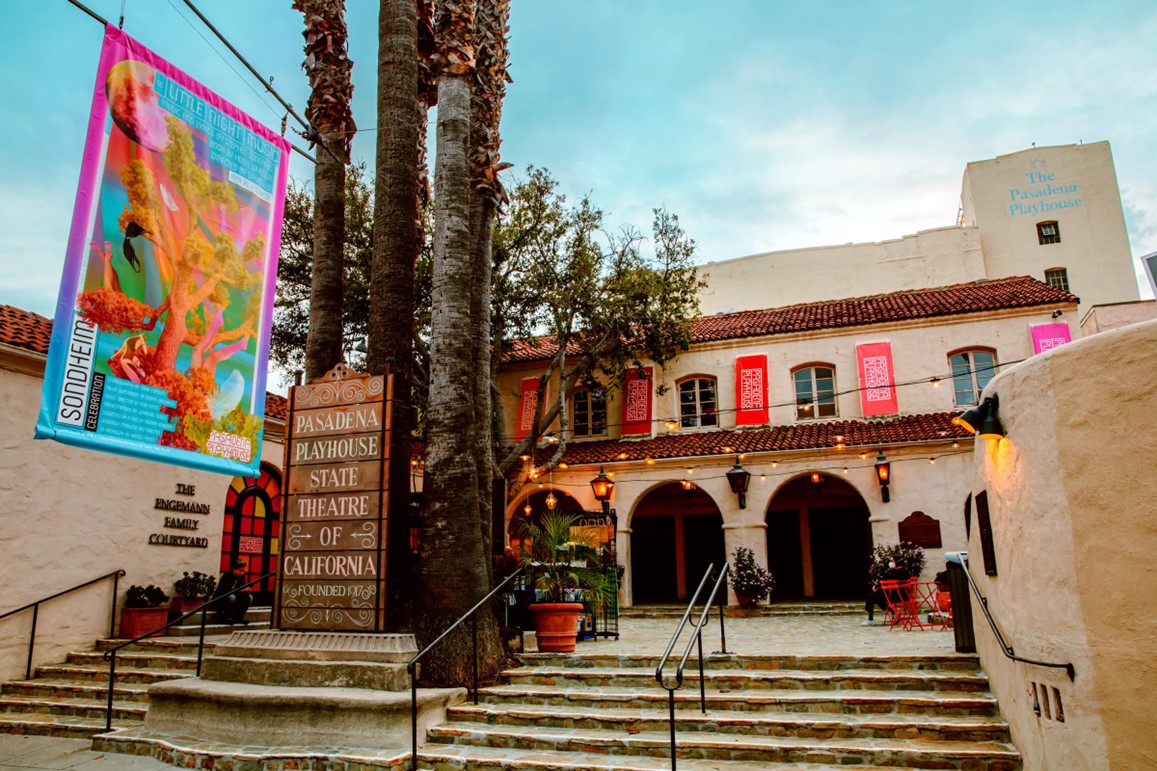 |
|
| (2023)* - Pasadena Playhouse, the State Theatre of California, recipient of the 2023 Regional Theatre Tony Award. Photo by Jeff Lorch |
Historical Notes Pasadena Playhouse received the 2023 Regional Theatre Tony Award, becoming only the second Los Angeles institution to earn the honor.* |
Then and Now
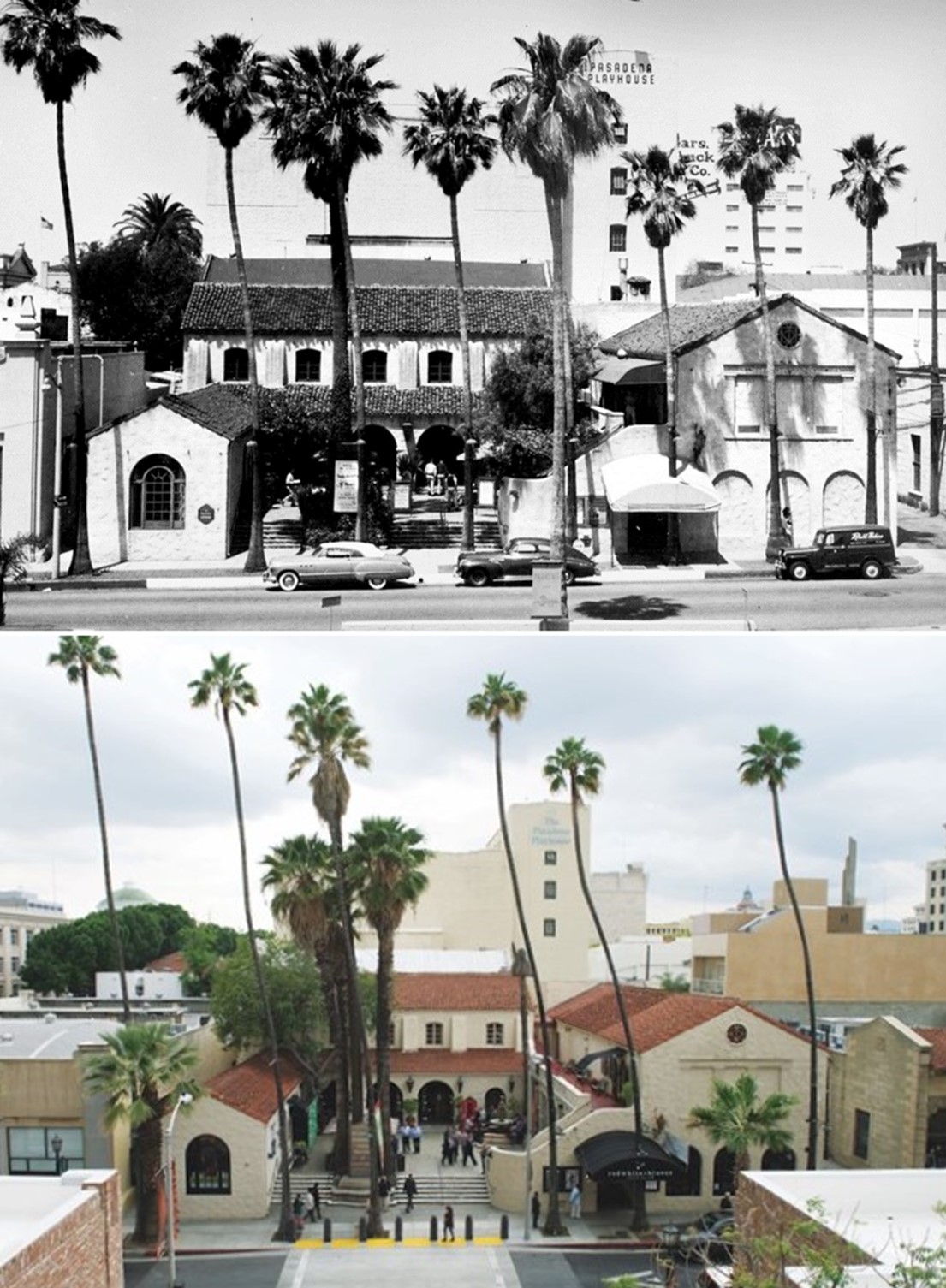 |
|
| (1951 vs 2022)* - Pasadena Playhouse |
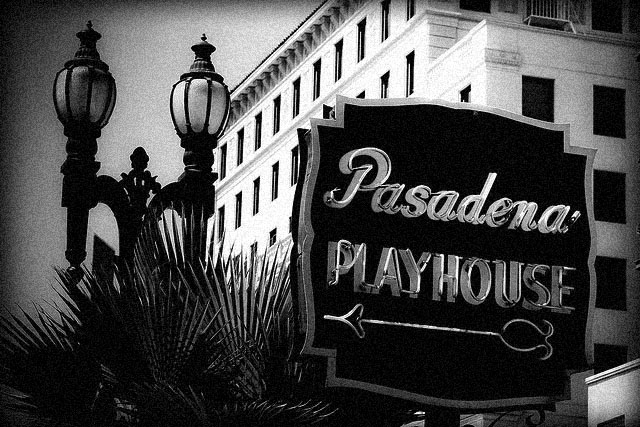 |
|
| The historic Pasadena Playhouse is located at 39 S. El Molino Avenue in the heart of Pasadena. The above sign is on Colorado Boulevard just north of the theatre. |
* * * * * |
|
Other Sections of Interest |
|
Water and Power in Early LA |
|
Newest Additions |
New Search Index |

A new SEARCH INDEX has been added to help navigate through the thousands of topics and images found in our collection. Try it out for a test run.
Click HERE for Search Index |
* * * * * |
< Back
Menu
- Home
- Mission
- Museum
- Major Efforts
- Recent Newsletters
- Historical Op Ed Pieces
- Board Officers and Directors
- Mulholland/McCarthy Service Awards
- Positions on Owens Valley and the City of Los Angeles Issues
- Legislative Positions on
Water Issues
- Legislative Positions on
Energy Issues
- Membership
- Contact Us
- Search Index
© Copyright Water and Power Associates
Layout by Rocket Website Templates